The southwestern part of the Peloponnese Peninsula
constitutes the historical region of Messenia. It contains the modern city of
Kalamata, second largest on the peninsula after Patras and the ruins of Ancient
Messene. Given limited time (and some
very hot temperatures) we passed both in favor of a few more coastal
attractions in the region in the vicinity of Pylos, the attractive coastal
resort town where I had booked a room for the night.
The main attraction is the enormous medieval fortification
and castle at Methoni, built by the Venetians during the long era when they
controlled many of the Greek islands and significant parts of the
mainland. Now nearly empty, the walls
could once have enclosed a significant city.
The most picturesque part of the complex is its Bourtzi, a towered
castle built on a rock surrounded by the sea.
Pylos itself was a quite attractive town for strolling along
the waterfront and has a small castle of its own. One of my goals was to head a
few miles north along the shore to a mega-resort named Costa Navarino.
Rodrigo insisted we check out a beachside
restaurant there named Barbouni, famous architecturally for having a unique aminated
“wave ceiling” in its outdoor space that enables things to stay cool. Anyway, we got to the entry gate to Costa
Navarino and were told all facilities were only for guests unless we had a
reservation for the restaurant. So much for that idea!
As we began our drive to Olympia in the morning, we made a
stop at a place called Nestor’s Palace, an archaeological site dating from
Mycenean times that was mentioned in Homer’s Odyssey. King Nestor’s is the best-preserved
Mycenean palace, although “best-preserved” still means ruins. The site is open
but covered with a metal roof for preservation and viewing is from walkways
above the ruins.

 Methoni, Greece
Methoni, Greece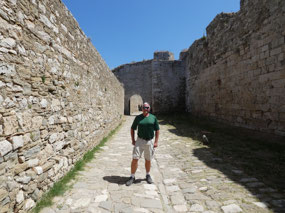
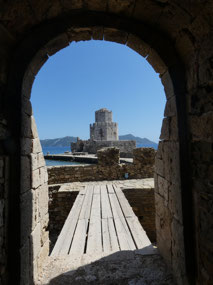


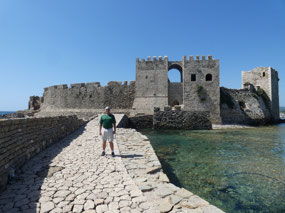
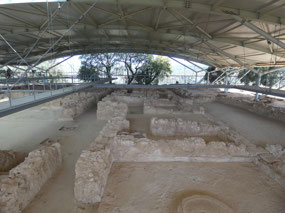
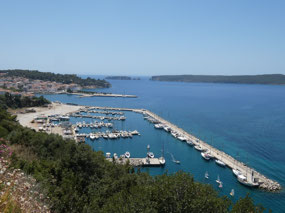
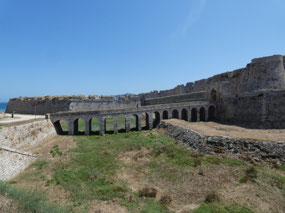
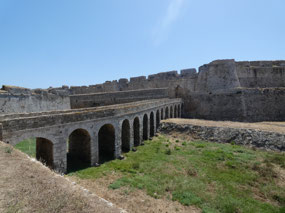
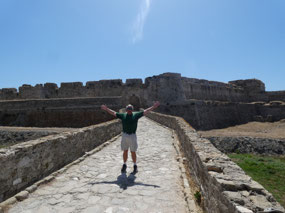
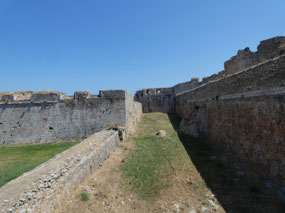
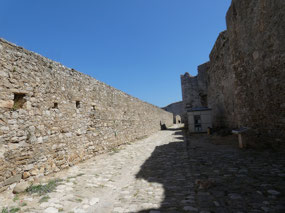
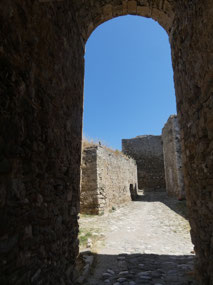
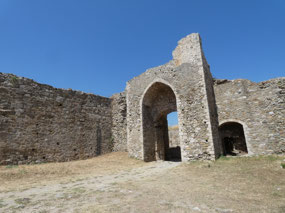

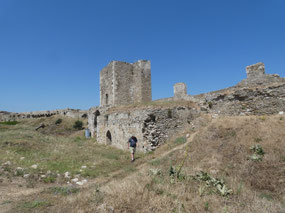
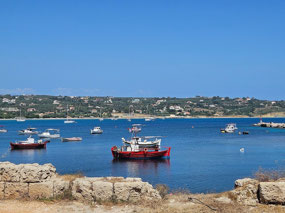
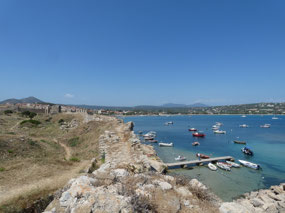

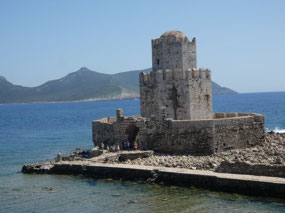
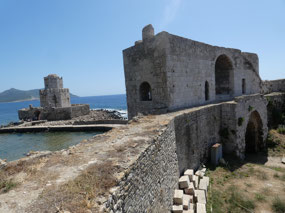
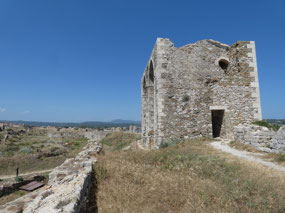
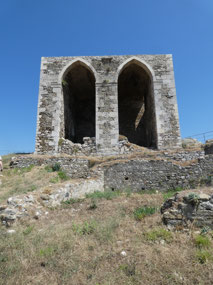
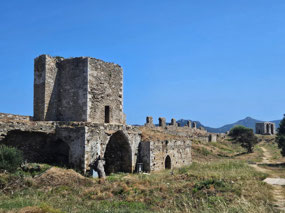
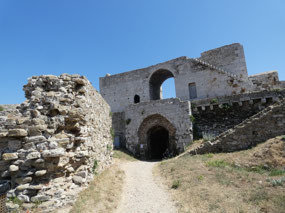
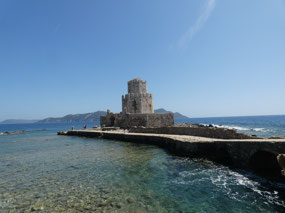
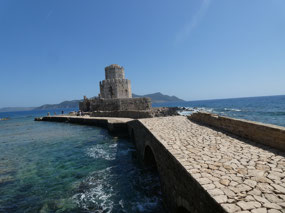
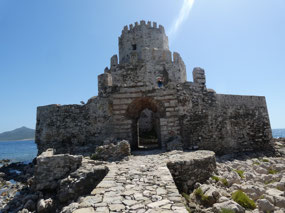
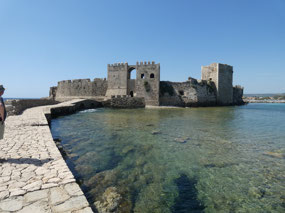
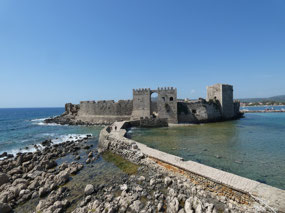
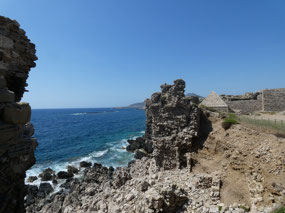
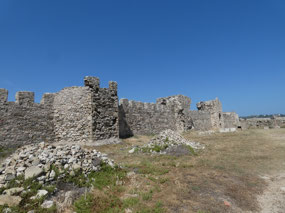
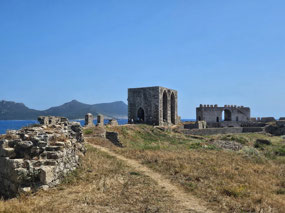
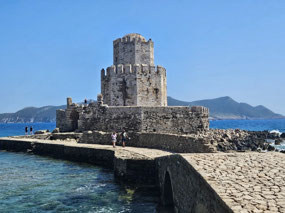
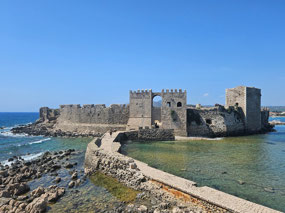
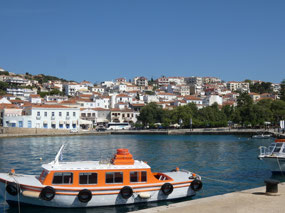
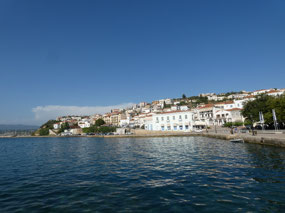
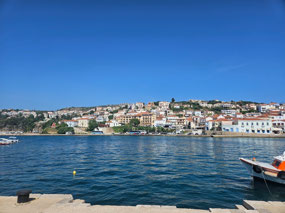
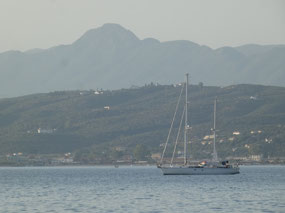
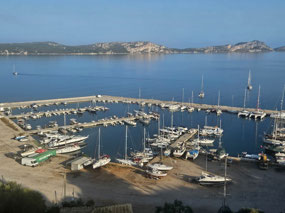
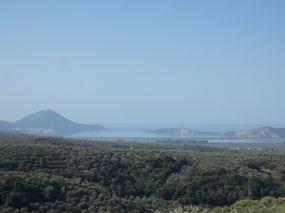
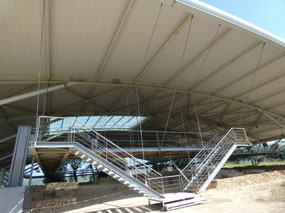
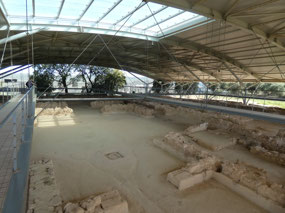
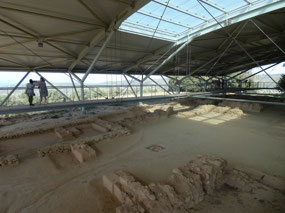
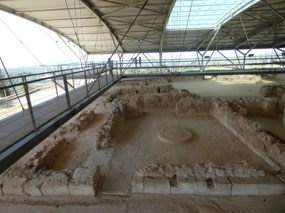
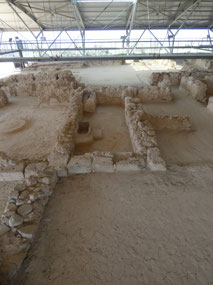



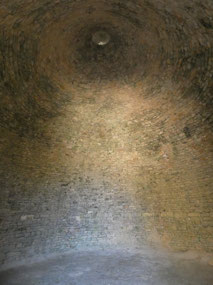
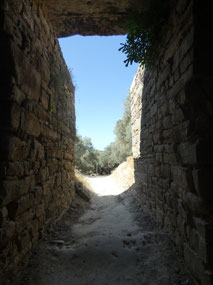
2025-05-23